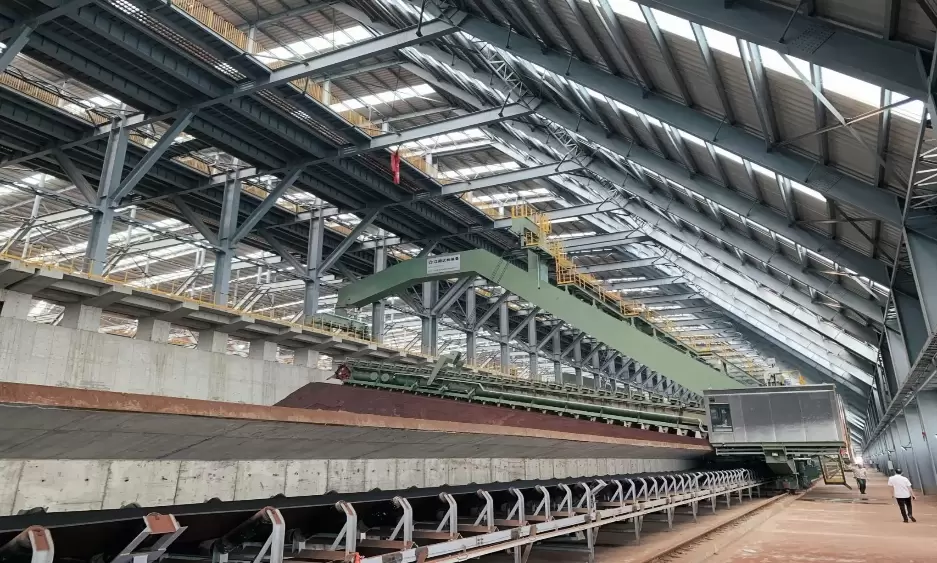The Ultimate Guide to Choosing the Best Paper for Double-Sided Printing: Quality, Performance, and Sustainability
When it comes to printing documents, brochures, or any other materials that require front and back printing, the choice of paper plays a crucial role in the overall quality and effectiveness of the final product. Selecting the right paper can enhance the visual appeal, ensure durability, and even contribute to sustainability efforts. In this comprehensive guide, we will explore the various types of paper suitable for double-sided printing, their characteristics, and the factors to consider when making your choice.
Understanding Paper Types for Double-Sided Printing
- Coated vs. Uncoated Paper
- Coated Paper: This type of paper has a smooth finish, which allows for vibrant colors and sharp images. Coated paper is ideal for high-quality prints, such as marketing materials and photographs. However, it may require a longer drying time and can be prone to smudging if not handled properly.
- Uncoated Paper: Uncoated paper has a more textured surface, which can absorb ink better, making it suitable for text-heavy documents. It is less likely to smudge and is often preferred for professional reports and letters.
- Weight and Thickness
- The weight of paper is measured in grams per square meter (GSM). For double-sided printing, a weight of 80-120 GSM is generally recommended. Heavier paper (above 120 GSM) can provide a more premium feel and better durability, but it may also lead to issues with feeding in printers.
- Thickness is also an important consideration. Thicker paper can prevent ink bleed-through, ensuring that both sides of the print remain clear and legible.
- Finish Options
- Glossy Finish: This finish enhances color vibrancy and is ideal for images and graphics. However, it can reflect light, which may hinder readability.
- Matte Finish: A matte finish reduces glare and is often preferred for text-heavy documents. It provides a sophisticated look and feels more professional.
- Silk Finish: This is a middle ground between glossy and matte, offering a smooth surface that enhances color without the glare of glossy paper.
Key Factors to Consider
- Printer Compatibility
- Before selecting paper, it’s essential to ensure that it is compatible with your printer type—inkjet or laser. Inkjet printers typically work better with coated papers, while laser printers can handle a wider range of paper types.
- Ink Absorption and Drying Time
- The paper's ability to absorb ink affects drying time and print quality. Papers designed specifically for double-sided printing often have a special coating that allows for quick drying, reducing the risk of smudging.
- Environmental Impact
- Sustainability is becoming increasingly important in the printing industry. Look for papers that are recycled or sourced from sustainable forests. Certifications such as FSC (Forest Stewardship Council) can help you make environmentally responsible choices.
- Cost Efficiency
- While premium papers may offer better quality, it’s essential to balance cost with performance. Consider the purpose of your printing project—if it’s for a one-time event, a less expensive option may suffice, whereas ongoing marketing materials may warrant a higher investment.
Recommendations for the Best Paper for Double-Sided Printing
- Hammermill Premium Color Copy Cover
- This paper is designed specifically for double-sided printing, offering a weight of 80-100 GSM. It provides excellent color reproduction and is compatible with both inkjet and laser printers.
- Mohawk Superfine
- Known for its luxurious feel and exceptional print quality, Mohawk Superfine is an uncoated paper that works well for high-end printing projects. Its thickness and weight make it ideal for double-sided printing without bleed-through.
- Neenah Classic Crest
- This paper line offers a range of weights and finishes, making it versatile for various printing needs. Its smooth surface is perfect for both text and images, ensuring high-quality results on both sides.
Conclusion
Choosing the best paper for front and back printing involves understanding the specific requirements of your project, including printer compatibility, desired finish, and environmental considerations. By evaluating the various types of paper available and their characteristics, you can make an informed decision that enhances the quality of your printed materials while also aligning with your sustainability goals. Whether you opt for coated or uncoated, glossy or matte, the right paper can elevate your printing projects to new heights.

